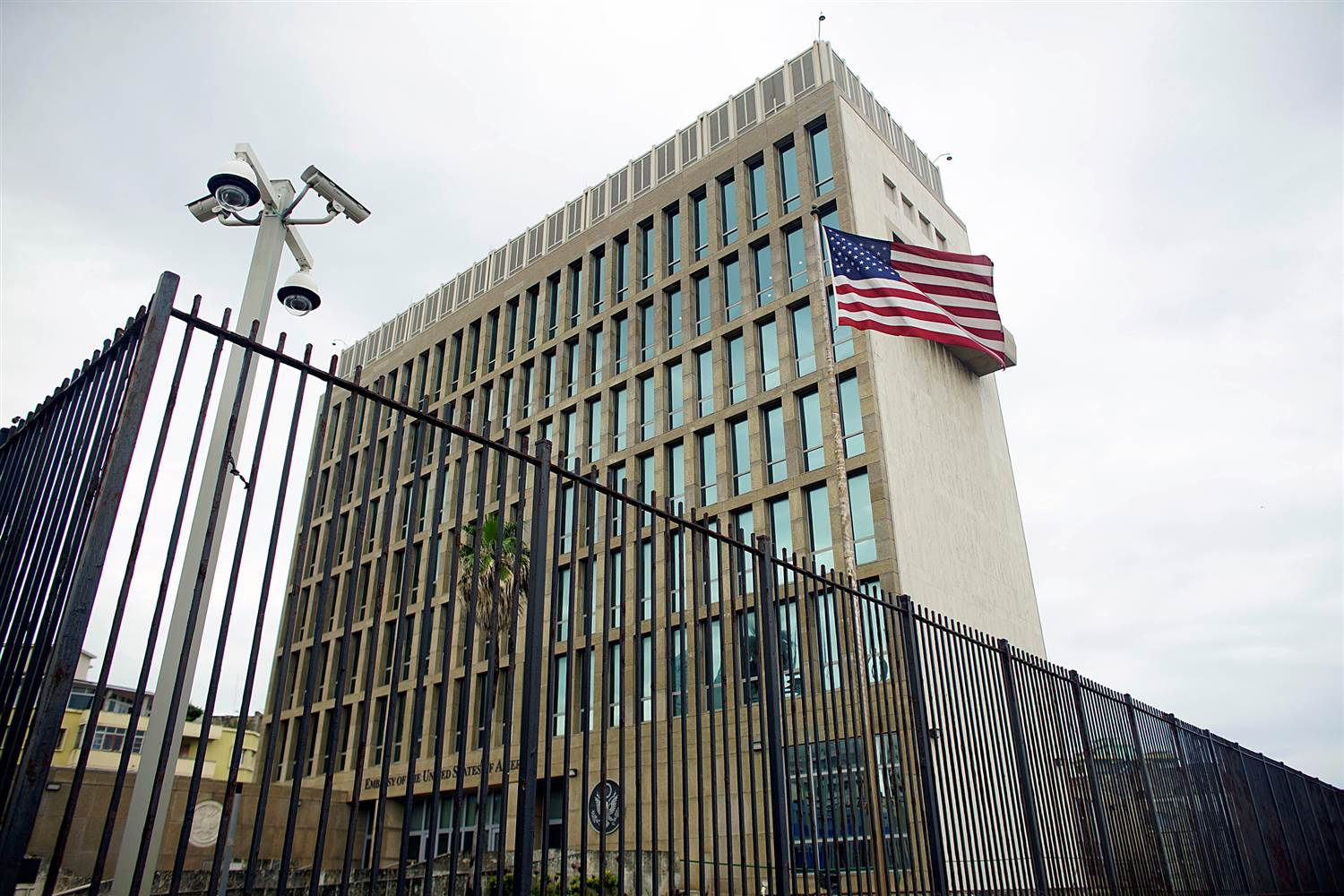You're likely to know about the alleged "sonic attacks" on US diplomats in Cuba that resulted in hearing loss, tinnitus, headaches and dizziness. Now, you can experience it yourself, after the Associated Press (AP) released what it claims is a recording of the sound.
Reports state that 22 US personnel, along with some Canadian government staff and their families, were repeatedly attacked by "an advanced sonic weapon" while stationed in Havana over the past several months. The State Department took the incidents so seriously that it issued a formal travel warning, pulled more than half its diplomatic staff from the island, and said it would not issue visas in Cuba until further notice.
The AP obtained a recording of the sound, which isn't believed to be dangerous to those who listen. "Sound experts and physicians say they know of no sound that can cause physical damage when played for short durations at normal levels through standard equipment like a cellphone or computer," writes the publication.
Using a spectrum analyzer, AP found there are around 20 or more frequencies embedded in the sound, which is located between 7,000 and 8,000 kHz on an audio scale. The US embassy has played the clip to its workers so they know what to listen out for, and some employees have reportedly been given recording devices to capture the noise should they hear it again.
US diplomats described what they heard as "a deafeningly loud sound similar to the buzzing created by insects or metal scraping." They confirmed that AP's recording, which does sound like a load of angry crickets, was the same noise they heard.
Experts are skeptical that the range of reported symptoms could have been the result of a sonic weapon attack. "There isn't an acoustic phenomenon in the world that would cause those type of symptoms," Seth Horowitz, neuroscientist and author of "The Universal Sense: How Hearing Shapes the Mind," told Business Insider.
Some theorize that attacks using microwaves or radio waves could have caused the symptoms, while senior neurologists suggest this might be a case of mass hysteria.
